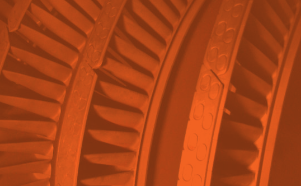Lead paint removal is a challenge regardless of location and circumstances, but even more so when the process takes place in a busy train station. This was the case when Avalotis Corporation was tasked with a lead paint removal, surface preparation, and high-performance coating system application at the 30th Street train station in Philadelphia, PA.
Read more >
The Wyandot County Courthouse (Located in Upper Sandusky, Ohio, USA) is considered one of the best preserved examples of classical, turn-of-the-century architecture. Built in 1899, the courthouse was added to the National Historic Places in 1973.
Read more >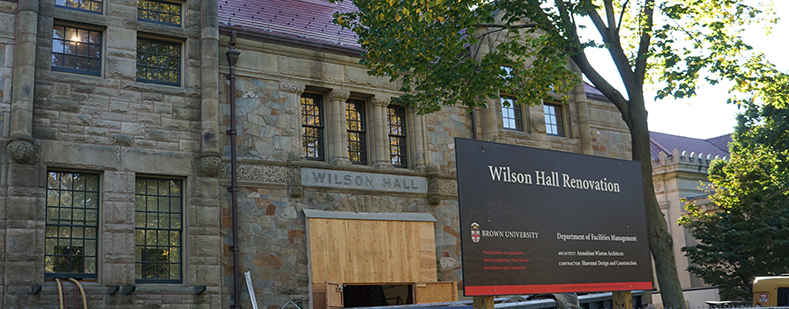
Wilson Hall (recently renamed Friedman Hall) is one of the most heavily used buildings on the Brown University campus. The Romanesque-style (circa 1891) structure was built at the bequest of George Francis Wilson and was designed by architects Gould and Angell to expand Brown’s lecture and classroom space.
Read more >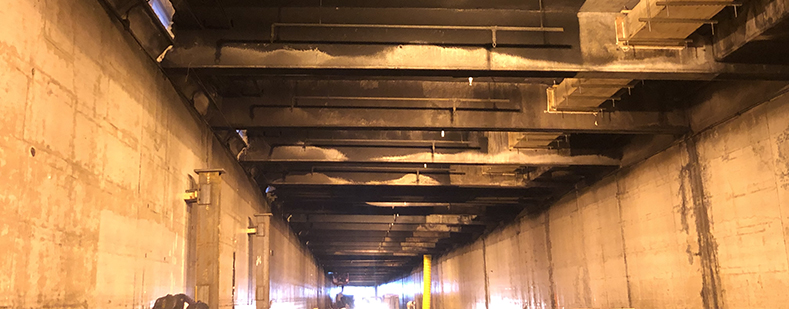
In February 2019, work began on the decommissioning of the Battery Street Tunnel in Seattle, Washington. Completed in 2022, this project was a huge undertaking that included removing the tunnel’s utility and mechanical systems, removing decades of automotive soot buildup from the tunnel, filling the tunnel, and sealing its entrances.
Read more >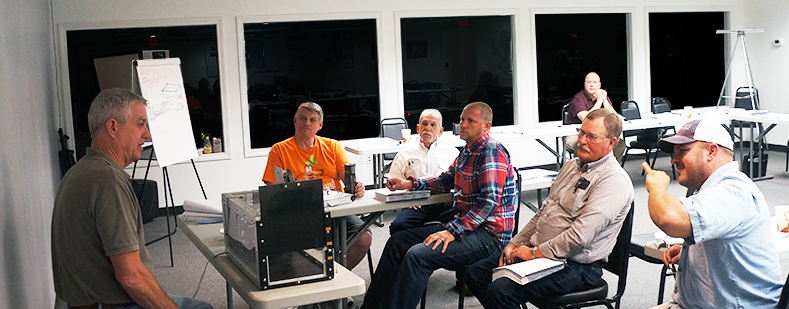
Commercial coatings specialists involved in deleading and are yearning for larger contracts might find themselves looking to become more highly certified. Increasingly, large public and private entities (including oil companies, departments of transportation, and public utilities) insist contract bidders possess additional certifications from organizations such as SSPC (The Society for Protective Coatings). SSPC certifies both companies and individuals, verifying contractor organizations with defined knowledge and procedures.
Read more >
Imagine for a moment that ACME Coatings Contractor has recently completed an important water tank exterior coatings project. The job, which involved removing lead-based paint from the 40 meter (135-ft) tall, 3.7-million liter,legged tank, went well from start to finish. The owners are happy, final payment has been rendered, and the project manager is filing the last bit of paperwork when the owner’s representative calls and asks, “Out of curiosity, how can we be sure that ACME didn’t leave lead dust under or around the tank?”
Read more >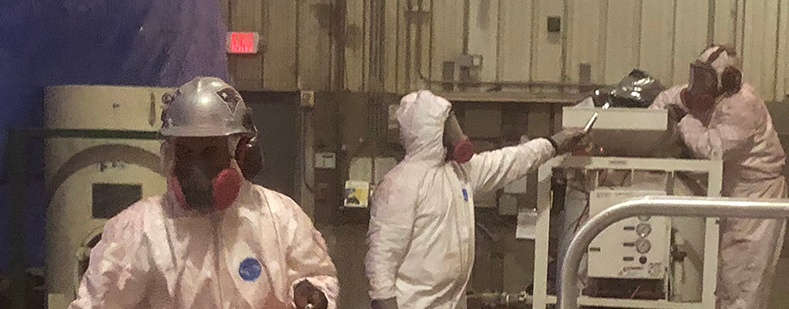
Take a deep breath and consider the following: Every worker required to wear a tight-fitting respirator on the job needs a respirator fit test. In the United States and many other countries, respirator fit tests are law. This law even applies to disposable N95 particulate respirator masks. A respirator fit test, typically conducted in a controlled environment, is markedly different than the quick “seal check” performed whenever a worker puts on a respirator.
Read more >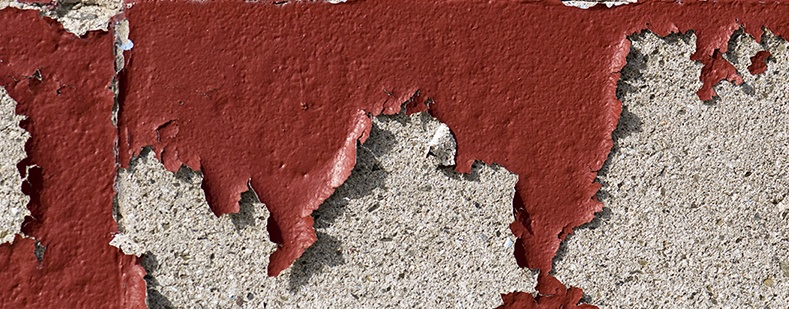
Those involved in lead paint removal, lead based paint encapsulation, or concerned with lead paint removal costs have likely heard the term “Cradle to Grave,” but not everyone knows what it means in the lead abatement world.
Read more >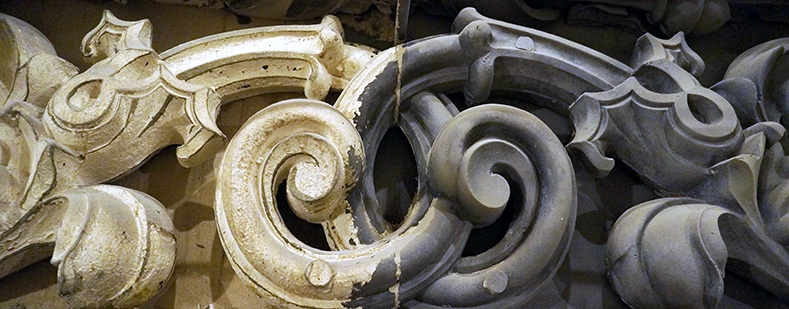
When making decisions regarding lead abatement, facility managers naturally consider a whole host of complex variables. Their recommendations will be used to ultimately decide whether lead-coated surfaces be enclosed and encapsulated, replaced—or removed altogether.
Read more >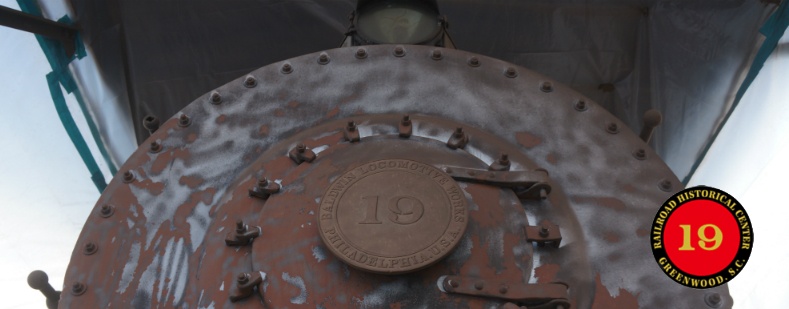
Sponge-Jet is pleased to have been used as the method of choice for the restoration of the 1906 Baldwin Locomotive Works’ Steam Engine 19. Engine 19 has a notable history including being the only engine manned by an all African-American crew in the Carolinas. Through much of its service life, Engine 19 would transport blue granite and crushed stone throughout the region. The steam engine was first acquired by The Railroad Historical Center, located in Greenwood, SC, in 1970. With recent funding support, its preservation became a priority to the museum.
Read more >





